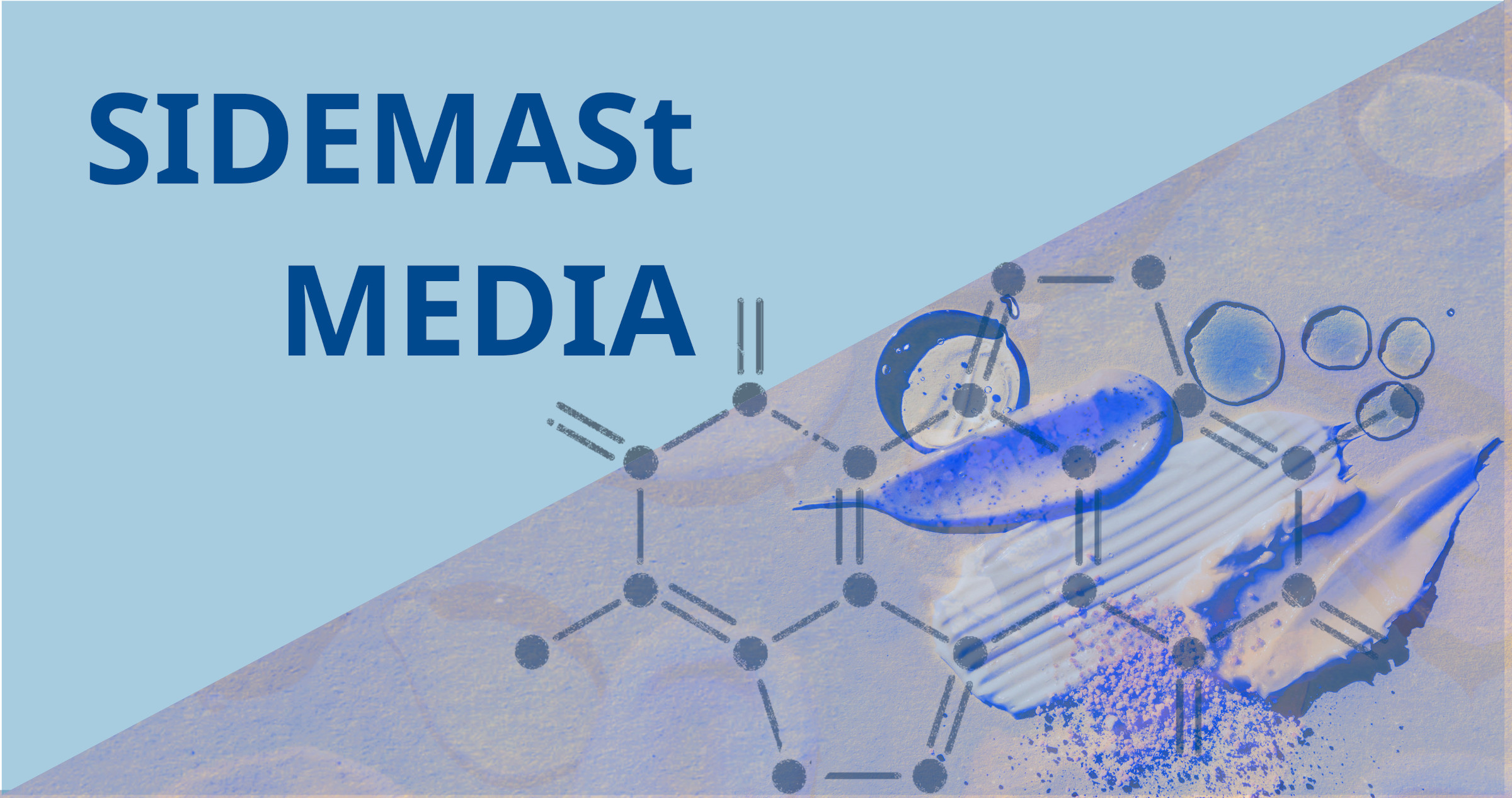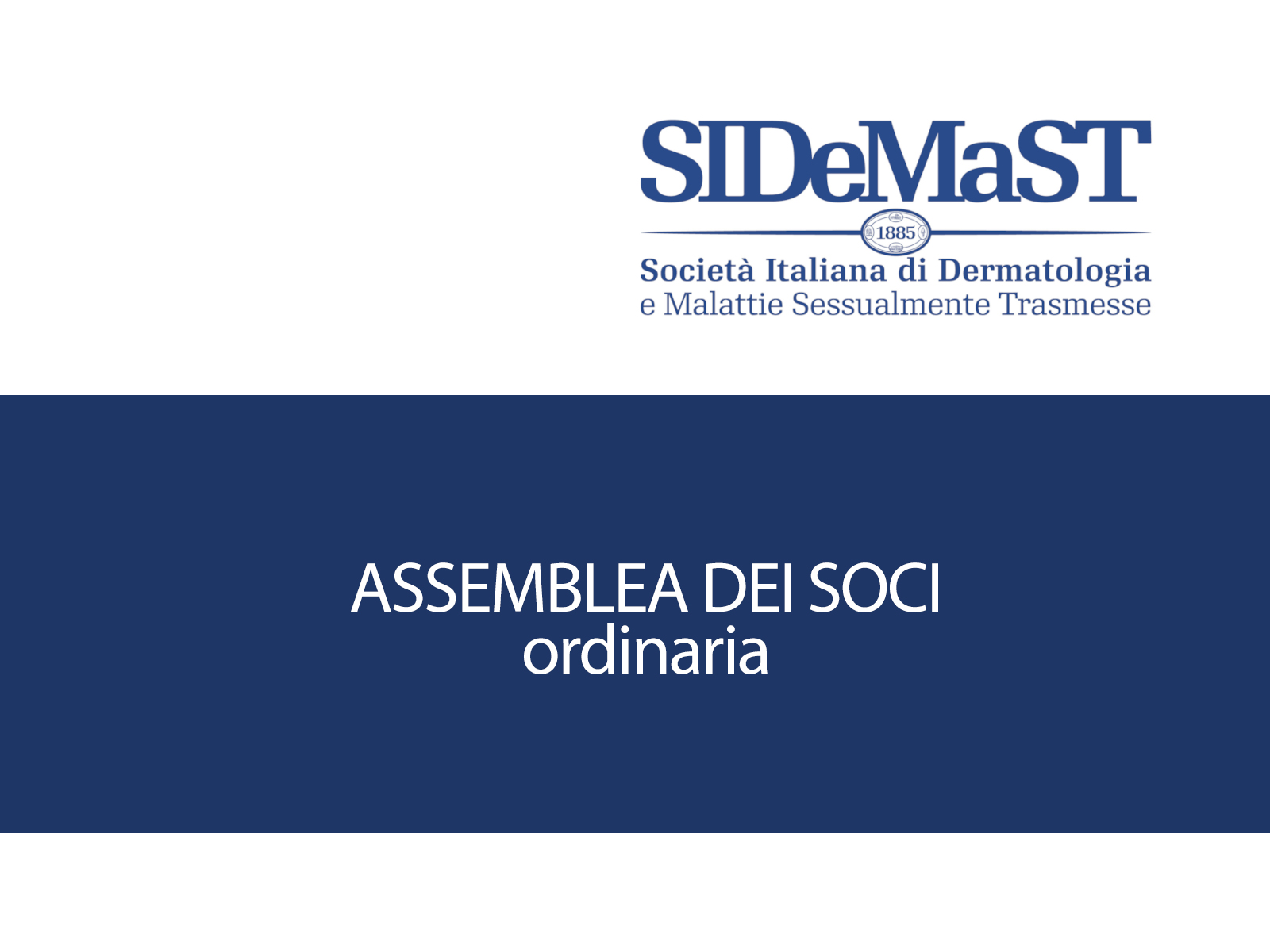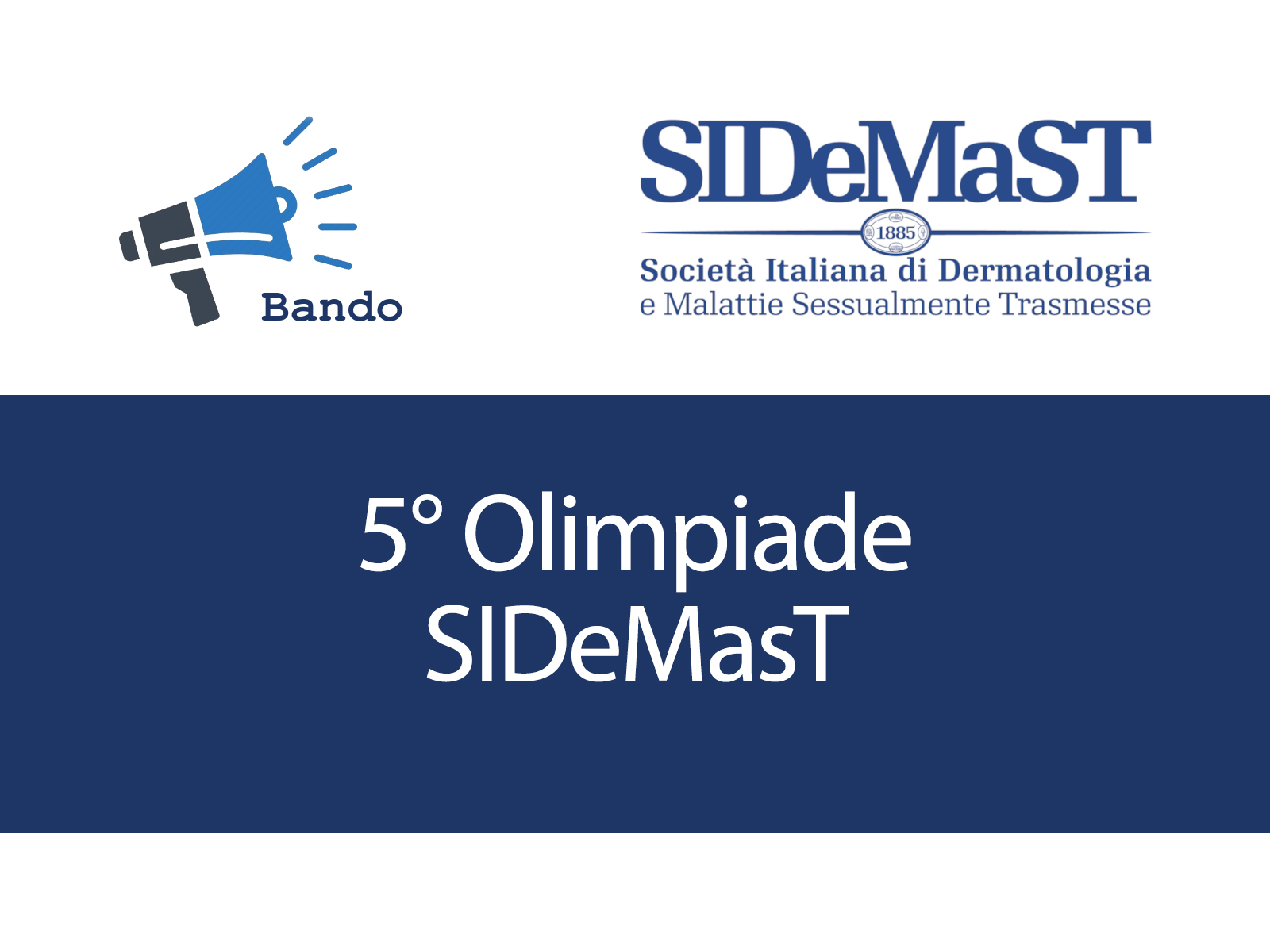Patients with gram-positive acute bacterial skin and skin-structure infections (ABSSI) were effectively treated with dalbavancin and experienced less nephrotoxicity than similar patients treated with vancomycin, according to pooled study results from the DISCOVER trials (DUR001-301, -302, and -303) reported at the 27th European Congress of Clinical Microbiology and Infectious Diseases (ECCMID).
Patients with ABSSI receiving dalbavancin for 10 or more days had lower nephrotoxicity rates compared with patients receiving vancomycin for an equivalent time. Nephrotoxicity was defined as a 50% increase from baseline serum creatinine or an absolute increase in serum creatinine of 0.5 mg/dl at any time point. The nephrotoxicity rate in 2 pooled dalbavancin trials was 3.7% versus 9.3% with vancomycin (P = .056).
"Treating patients with acute bacterial skin and skin-structure infections can be challenging, and the FDA has approved dalbavancin for this indication," commented lead author Pedro Gonzalez, MD, Allergan, New York, New York, speaking here on April 22. "Dalbavancin meets an unmet medical need because it can be delivered just once and, with a half-life of 14 days, remains in the system long enough to clear an infection."
Dr. Gonzalez and colleagues reviewed data from DUR001-301, -302, and -303 to compare the nephrotoxicity rates of dalbavancin administered at 2 doses (1,500 mg intravenous [IV] or 1,000 mg IV on day 1, 500 mg IV on day 8) to a total of 1,347 patients. Patients on dalbavancin with a creatinine clearance under 30 mL/minute and not on regular dialysis received a reduced dose of 1,000 mg (single-dose arm) or 750 mg IV on day 1, 375 mg IV on day 8. Nephrotoxicity rates with dalbavancin were compared with those observed in patients receiving vancomycin (1 g or 15 mg/kg IV every 12 hours for ?3 days with an option to switch to oral linezolid 600 mg every 12 hours for 10 to 14 days), which was administered to 651 patients.
Efficacy results demonstrated that dalbavancin was non-inferior to the vancomycin.
"Nephrotoxicity rates were lower in patients on dalbavancin relative to vancomycin for 10 or more days, regardless of dosing scheme. These results suggest dalbavancin may be less nephrotoxic than [intravenous] vancomycin," said Dr. Gonzalez.
Dalbavancin is a lipoglycopeptide that is delivered intravenously to treat susceptible Gram-positive bacteria, including methicillin-resistant Staphylococcus aureus (MRSA).
Funding for this study was provided by Allergan.
[Presentation title: Safety of Dalbavancin in the Treatment of Acute Bacterial Skin and Skin Structure Infections (ABSSI): Nephrotoxicity Rates Compared to Vancomycin. Abstract EP0176]







